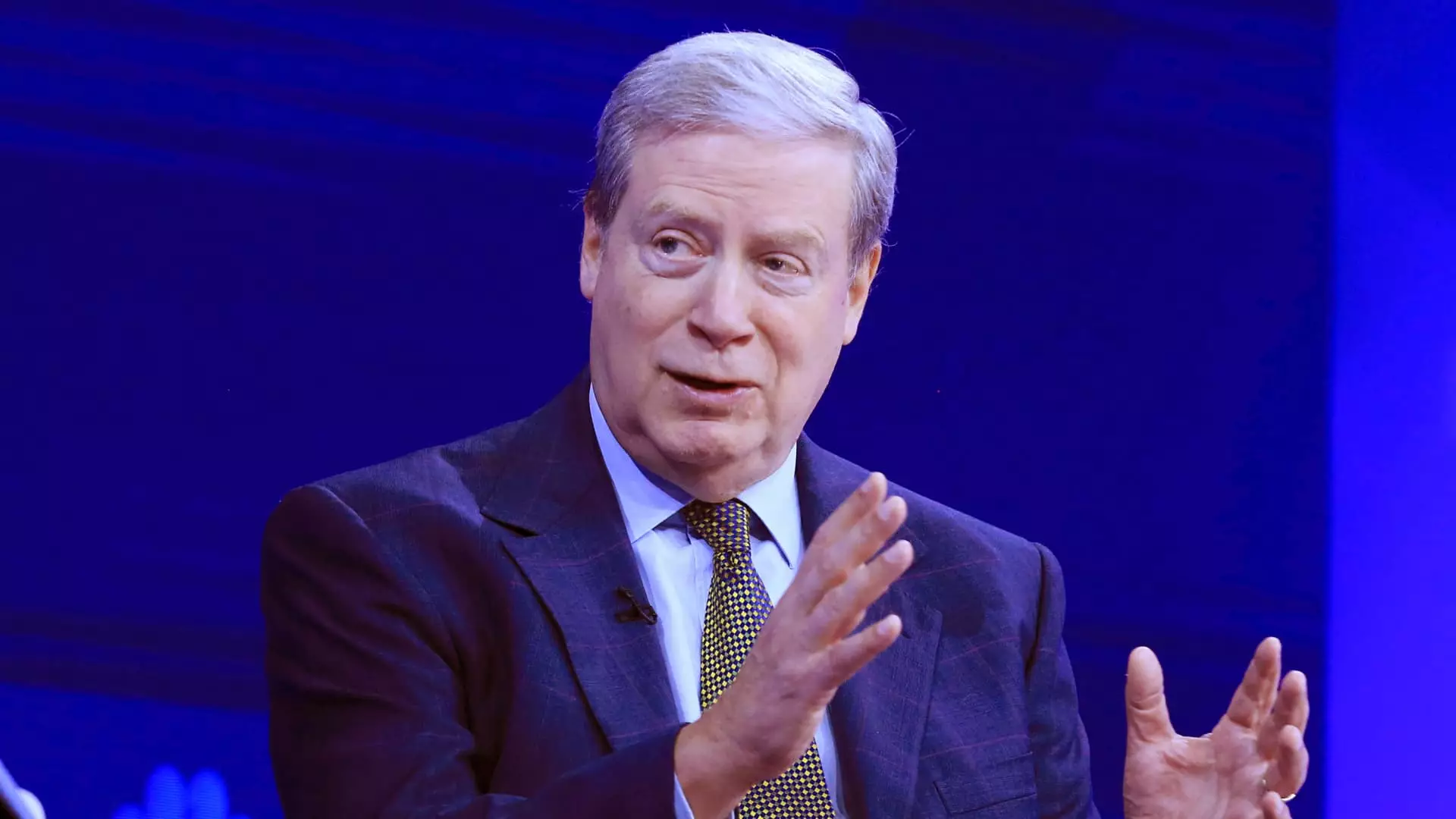In the ever-evolving world of finance, market sentiments can pivot swiftly in response to political events. The recent re-election of Donald Trump has rekindled optimism amongst investors, significantly impacting market dynamics. One of the most notable voices reflecting this sentiment is that of Stanley Druckenmiller, a billionaire investor with a wealth of experience, who believes that Trump’s presidency marks a stark transformation from an anti-business climate to one conducive to growth.
Druckenmiller, who heads the Duquesne Family Office, expressed his views during a recent CNBC interview. He highlighted the palpable optimism among CEOs, stating that their spirits range from relief to exuberance. This optimism appears to stem from the expectation of favorable policies under Trump’s administration, particularly in the areas of tax reform and deregulation. The notion that we are potentially moving from a period characterized by anti-business sentiments to one that is more supportive is striking, and it suggests a significant shift in the economic landscape.
The immediate aftermath of Trump’s victory was felt in the stock market, with the S&P 500 experiencing notable gains. In November alone, the index shot up nearly 6%, and year-to-date statistics showed a robust 23.3% increase heading into 2024. This surge in stock values indicates a market that is responding favorably to projected policies that favor corporate earnings and investor sentiment.
Despite his bullish outlook on the economy, Druckenmiller maintains a tempered stance regarding the stock market as a whole. Elevated bond yields are on his radar, prompting concerns about their implications for equity markets. He has adopted a strategy of shorting U.S. Treasuries, which posits that he expects bond prices to falter, resulting in rising yields. Druckenmiller’s comment that the landscape is “complicated” underscores the intricate balancing act facing investors—on one hand, a vibrant economy pushing stock prices higher, and on the other, rising bond yields potentially stifling that growth.
This dichotomy reflects the challenges investors face in a rapidly evolving financial environment. The interplay between economic performance and interest rates can create volatility, and Druckenmiller’s cautious approach serves as a reminder that measured optimism is essential when navigating the complexities of the market.
Interestingly, Druckenmiller also pointed to specific sectors poised for growth, particularly those leveraging artificial intelligence to streamline costs and enhance productivity. His focus on individual stocks, rather than broad indices, suggests a preference for a more granular approach to investing, emphasizing the potential of innovative companies that embody future growth. However, he refrained from revealing specific stocks of interest, creating an air of mystery around his investment strategy.
The tech sector, especially companies involved in AI, has garnered significant attention and investment, with many seeing it as a catalyst for the next wave of economic growth. Druckenmiller’s pivot towards these innovative firms signals a belief in their transformative potential within the confined mechanisms of the economy.
Druckenmiller also weighed in on the potential pitfalls accompanying Trump’s proposed tariffs. While acknowledging the risk of retaliation, he sees tariffs as a means of addressing fiscal concerns by generating revenue. His assertion that tariffs act as a quasi-consumption tax on foreign entities suggests a pragmatic approach to fiscal management—one that prioritizes revenue generation without solely depending on domestic taxation.
This pragmatic view presents an interesting perspective on the potential trade-offs involved with protectionist measures. As Trump navigates trade negotiations, his administration will need to balance the desire for domestic job growth against the risks inherent in escalating trade tensions.
The re-election of Donald Trump has ushered in a renewed sense of possibility among investors, significantly shaping market expectations. While the sentiment is predominantly upbeat, the complexities of bond yields and geopolitical risks temper the overall outlook. Druckenmiller’s insights provide a framework for understanding the evolving landscape of investor sentiment—a dual-edged sword characterized by both promise and caution. As we look to the future, it will be essential for investors to remain vigilant, balancing enthusiasm with an awareness of the underlying risks.

